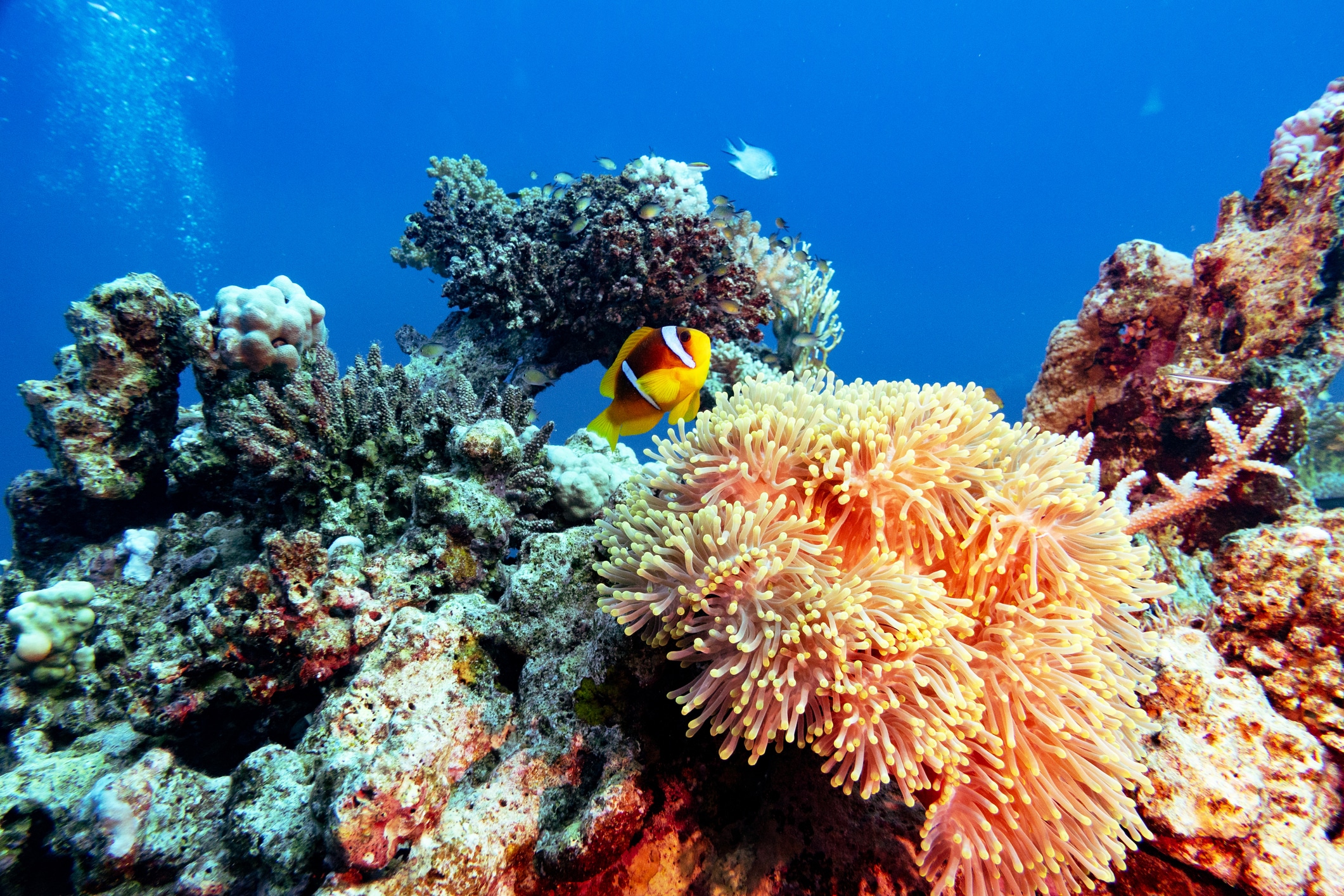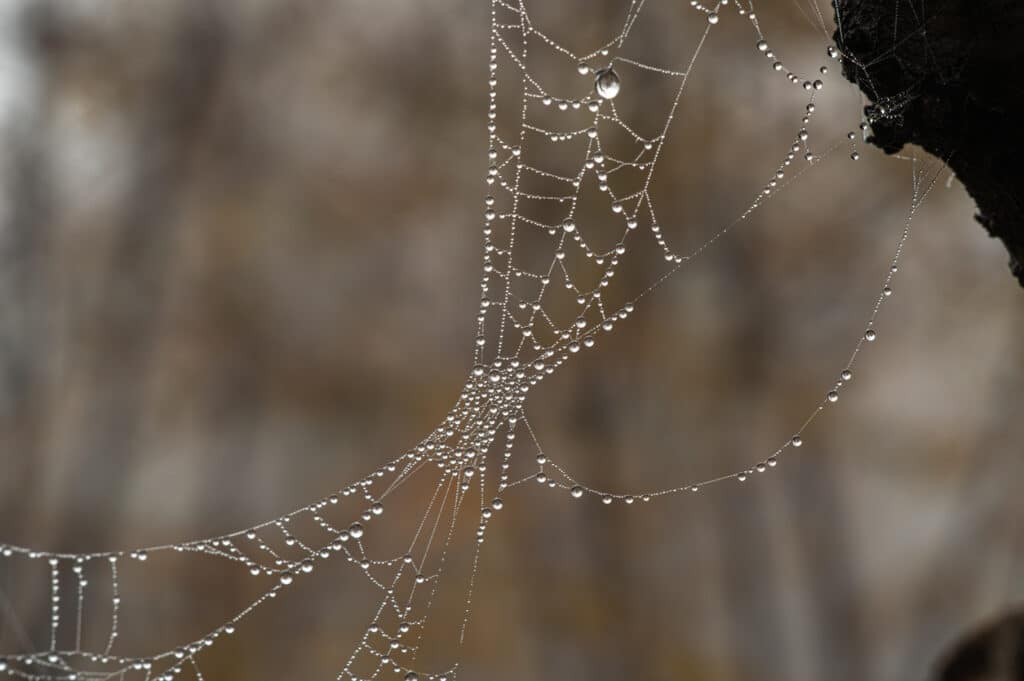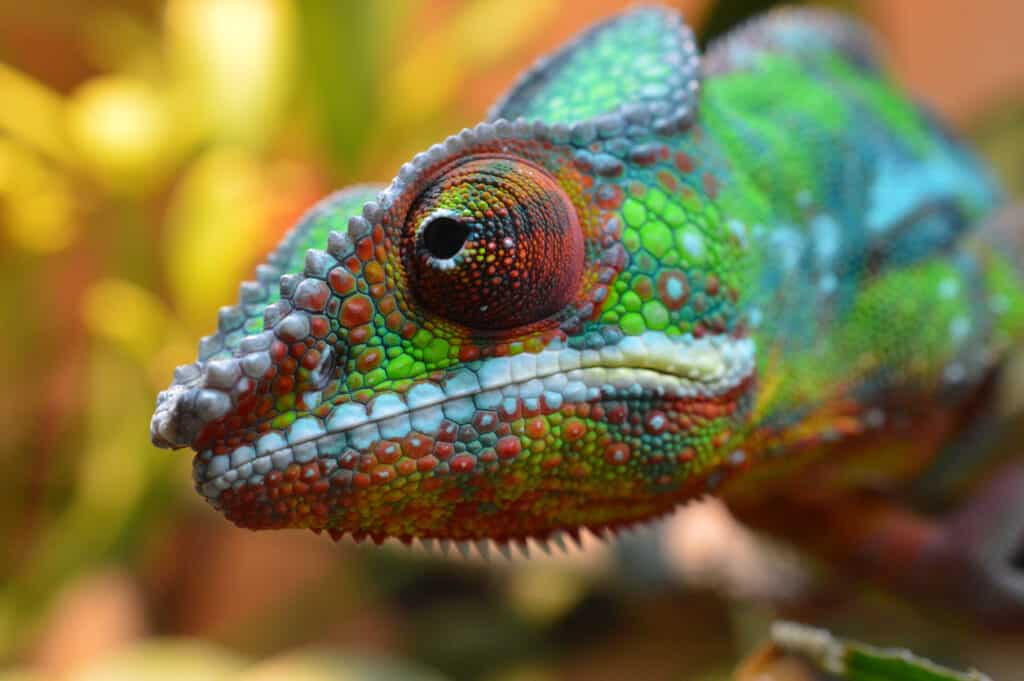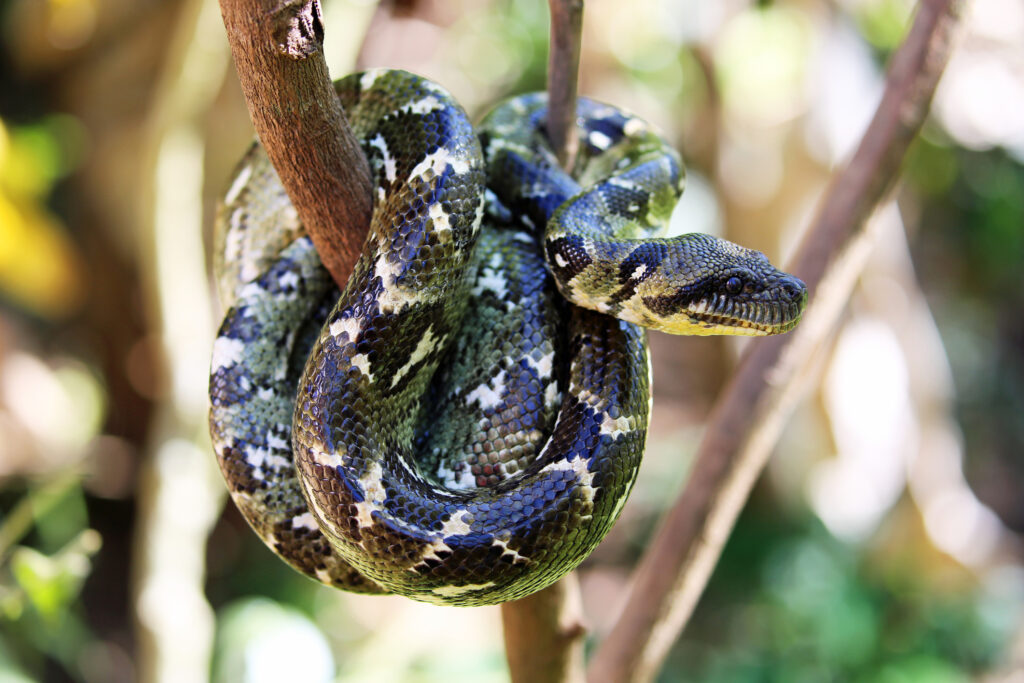6 Fun Facts about Sea Anemones
Sea anemones are a crucial part of any marine ecosystem, offering sanctuary to some animals and food for others.
Actiniaria are famous for their relationship to clownfish. Coming in a variety of sizes and colours, anemones are fascinating creatures that we’re going to explore in this blog.
How do you say anemone?
Pronouncing the name for these beautiful marine creatures is quite the challenge, with n’s and m’s coming at every interval but there’s a simple way to remember.
You can make sure you say it right by remembering ‘a nemos knee’ or ‘any money’!
6 things to know about sea anemone
In order to improve your appreciation of these incredible animals, we thought we’d share some fascinating facts about sea anemones.
They can exist in all marine habitats
Sea anemones are remarkably versatile creatures, able to survive in wide-ranging parameters. The pom-pom anemone is able to live at depths of up to 1,000m deep, while jewel anemones live only 50m below the water’s surface. This shows just how adaptable this marine creature is. Most species prefer warm water, but they can survive in cooler waters. For example, snakelocks anemone (Anemonia viridis) are found in the Atlantic Ocean.
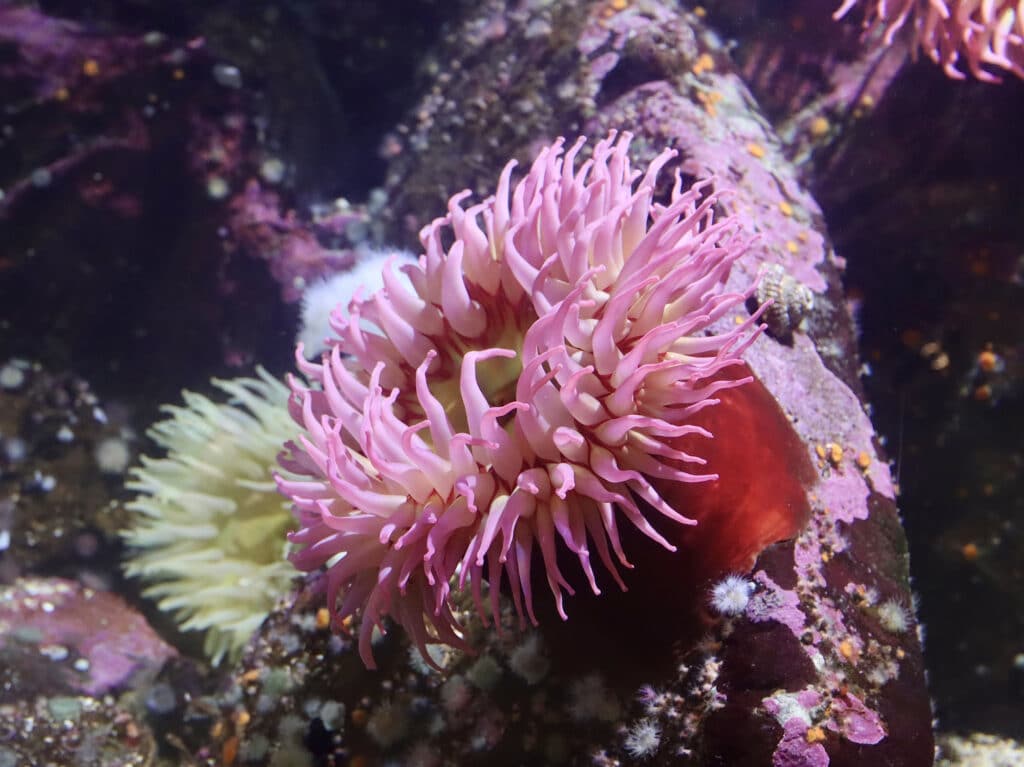
Some species can change gender
For some species of anemone, gender just isn’t a thing! They are known as sequential hermaphrodites, meaning that they will change their gender at some point in order to mate. Some species, however, are split into male and female, like mammals.
They have no skeleton
Unlike vertebrates, anemones don’t have a skeleton, making them invertebrates. Instead, they have soft, squishy bodies with multiple adhesive tentacles. This is known as a hydrostatic skeleton, with cavities in the body filled with water, allowing them to change shape often.
They can release a paralysing neurotoxin
When anemones are threatened, they can release a paralysing neurotoxin through nematocysts, via their tentacles, freezing any would-be predators. This neurotoxin isn’t toxic to humans, but we’d still advise against touching them just to avoid any unnecessary stress to you or the anemone.
They have a symbiotic relationship with clownfish
Clownfish happily live in anemones because their mucus covered scales protect them from the neurotoxin that is so dangerous to other fish. In return for protection, clownfish provide anemones with food via scraps and leftovers. They have also been known to bait themselves for anemones, by swimming up to fish that would eat them and then retreating back into their anemone so that the fish gets caught and eaten by the anemone!
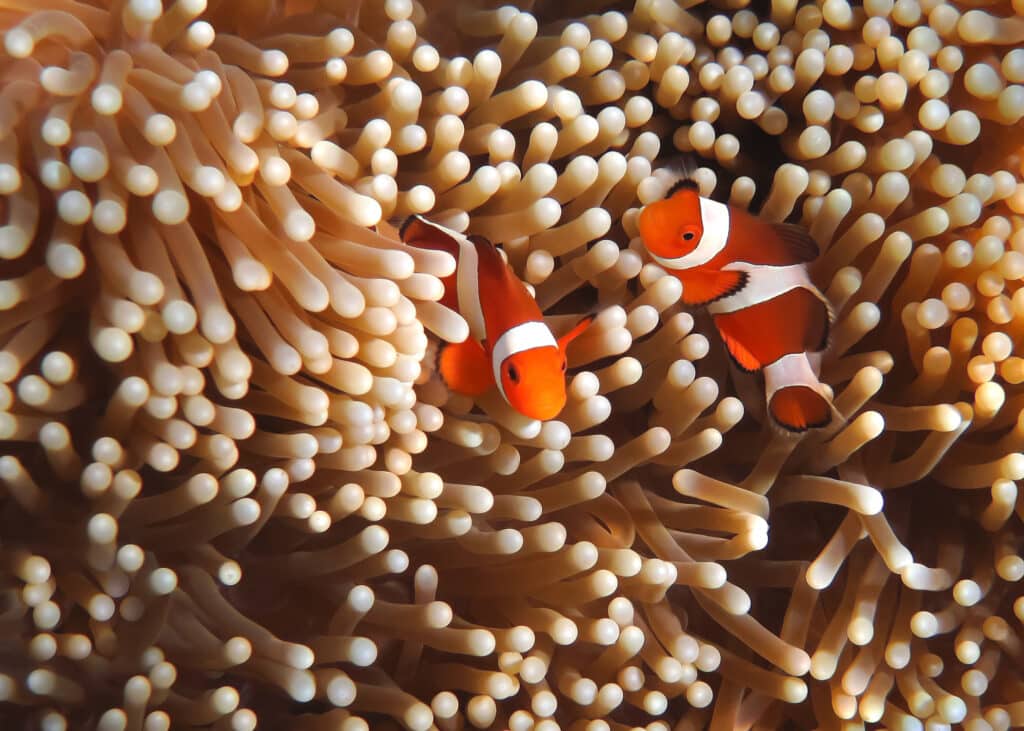
They rely on tentacles to sense their prey
Sea anemones don’t have eyes or ears like we do, so they how do detect their prey? They rely solely on their tentacles to detect movement and vibration in the water before they snap up their prey. There has been a lot of research into anemones being light sensitive and being able to track the light.
Despite being mostly stationary animals, we think that anemones are amazingly interesting creatures that deserve just as much attention as other aquatic life.
If you’d like to appreciate them for all their beauty in person, make sure to book tickets to Blue Planet Aquarium and take a trip down to the Rockpools exhibit!
